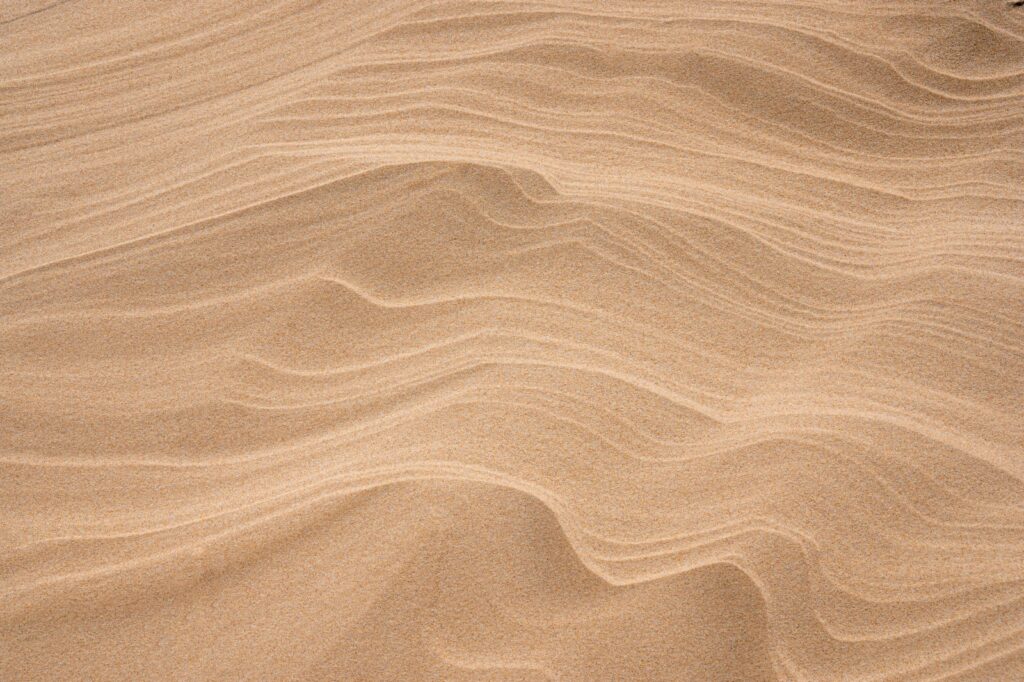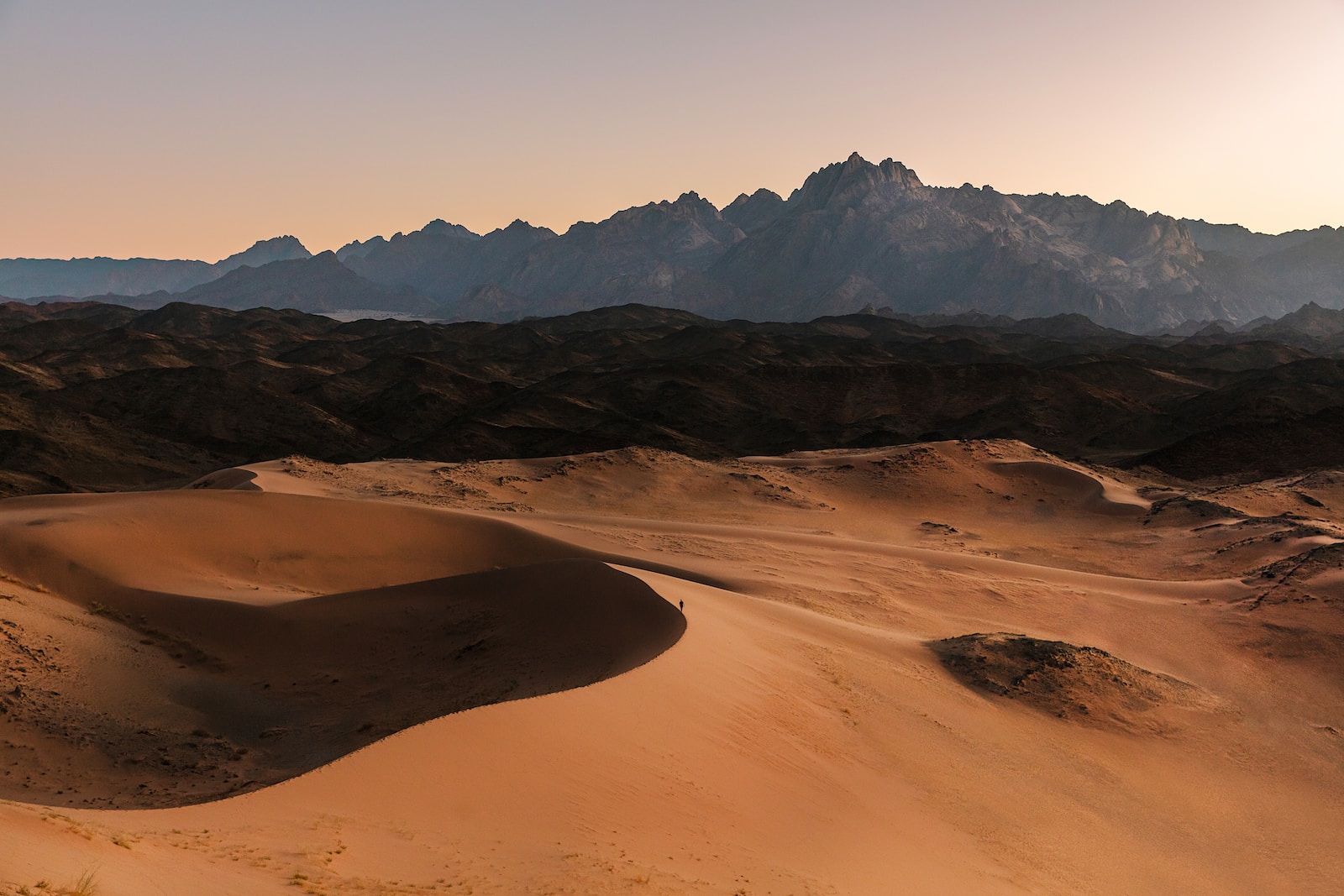Welcome to our blog, where we delve into the mesmerizing world of photographing sand patterns. Come on a journey with us as we explore the breathtaking beauty found in the intricate patterns shaped by nature at the beach. From up close macro shots to capturing the mesmerizing effects of wind, we’ll guide you through techniques, lighting tips, and equipment suggestions to help you capture these captivating sand patterns. Get ready to enhance your nature photography skills and unlock the hidden wonders of the beach with us!
Table of Contents
- The Intricate Patterns of Sand: A Photographic Adventure
- The Essential Equipment for Capturing the Intricate Patterns of Sand
- The Best Time for Capturing the Intricate Patterns of Sand
- Frequently Asked Questions
- 1. How can I capture the intricate patterns of sand in my photographs?
- 2. What equipment is best for photographing sand patterns?
- 3. How can I achieve proper lighting for sand pattern photography?
- 4. How can I make my sand pattern photos stand out?
- 5. Any tips for capturing sand patterns in motion?
- 6. How do I post-process sand pattern photos?
- Wrap Up
The Intricate Patterns of Sand: A Photographic Adventure
Sand, a seemingly simple substance, holds hidden beauty that can mesmerize and captivate any nature enthusiast. The patterns formed by sand are an exquisite display of nature’s artistry, and they present endless opportunities for photographers to capture stunning images. In this blog, we will explore the fascinating world of sand patterns and discuss techniques to bring out their full potential in your photographs.
The Magic of Nature’s Brushstrokes
When we think of sand, we often envision uniform beaches and smooth shorelines. However, by taking a closer look, we discover the intricate patterns created by the wind, water, and natural phenomena. These patterns can form curves, ripples, waves, or even delicate lines that resemble abstract art.
To truly capture the magic of these patterns, consider the following techniques:
- Macro Photography: The beauty of sand patterns lies in their minute details. Get up close and personal with your subject by using a macro lens to reveal the intricate textures and lines in stunning clarity.
- Play with Lighting: Lighting plays a crucial role in revealing the depth and definition of sand patterns. Experiment with different lighting angles, such as backlighting, to create dramatic shadows and highlights that add depth and dimension to your images.
- Change Perspectives: Don’t limit yourself to shooting from eye level. Get down low or experiment with different angles to discover new perspectives that can enhance the visual impact of sand patterns. Consider shooting from directly above for a mesmerizing aerial view of the patterns formed.
Capturing Nature in Motion
The patterns formed by wind and water are not static; they are continuously evolving. To capture the essence of this motion, consider the following techniques:
- Long Exposure: By using a slow shutter speed, you can create a sense of movement in your photographs. Watch as the wind and waves shape the patterns, blurring the lines in an ethereal dance of nature.
- Time-lapse Photography: Set up your camera to capture a series of images over a period of time. This technique allows you to showcase the transformation of sand patterns and the dynamic nature of their formation.
- Focus on Details: Zoom in on specific sections of the sand patterns to highlight the intricate details and unique formations created by the forces of nature. These close-up shots can reveal hidden artistic elements that may go unnoticed in a wider frame.
To truly capture the intricate patterns of sand, it is important to approach each shot with creativity and a keen eye for detail. Allow yourself to be mesmerized by nature’s brushstrokes, and let your camera be the instrument to bring these delicate masterpieces to life. With the right techniques and a touch of artistic flair, your photographs will showcase the mesmerizing beauty of sand patterns for all to admire.
Did you know that sand patterns can be as diverse and intricate as fingerprints? Each grain of sand carries its own unique shape and texture, creating mesmerizing patterns that can be captured through the lens of a camera.
The Essential Equipment for Capturing the Intricate Patterns of Sand
When it comes to photographing the intricate patterns formed by sand, having the right equipment is essential to achieve stunning results. In this section, we will explore the main camera, lenses, and additional equipment that can assist you in capturing the beauty of sand patterns.
The Ideal Camera
While any camera can be used to capture sand patterns, a camera with manual settings and a high-resolution sensor will allow you to have greater control and detail in your photographs. DSLR and mirrorless cameras are popular choices among photographers due to their ability to interchange lenses and adjust settings manually.
For those looking for versatility, a full-frame camera can offer exceptional resolution and image quality, allowing you to capture fine details and achieve more vibrant colors. However, if you are on a budget, an APS-C or Micro Four Thirds camera can also deliver impressive results.
Choosing the Right Lenses
When it comes to lenses, there are various options that can enhance your ability to capture the intricate patterns of sand. Here are a few notable choices:
- Macro Lens: A macro lens is a must-have for any nature photographer, including those capturing sand patterns. This specialized lens allows close-up shots with incredible detail, showcasing the finest grains and patterns of the sand. The ability to focus at extremely short distances will bring out the hidden beauty of sand patterns.
- Wide-Angle Lens: While a macro lens excels at capturing intricate details, a wide-angle lens can help you showcase the broader context of the sand patterns. By framing the patterns within the surrounding landscape or incorporating elements such as the shoreline or dunes, you can create captivating compositions that emphasize the scale and beauty of the patterns.
- Telephoto Lens: With a telephoto lens, you can capture sand patterns from a distance, allowing you to highlight patterns created by the wind or capture intricate details from a different perspective. Additionally, a telephoto lens can compress the perspective and create unique compositions by isolating specific patterns.
- Lens Filters: Using lens filters can enhance your images by reducing glare from the sand and intensifying the natural colors. Polarizing filters, for example, can make the sky appear bluer while minimizing reflections on the sand, enabling you to capture more vibrant and contrasted sand patterns.
Additional Equipment
In addition to cameras and lenses, there are a few essential accessories that can further optimize your sand pattern photography:
- Tripod: A sturdy tripod is crucial for capturing sharp and well-composed images, especially when shooting with longer exposures or using telephoto lenses. It provides stability and helps you avoid unwanted camera shake. Consider using a tripod with adjustable legs to adapt to different shooting angles.
- Remote Shutter Release: Using a remote shutter release or the self-timer function on your camera can help minimize camera shake even further. This is particularly beneficial when photographing the delicate details of sand patterns where sharpness is paramount.
- Reflectors or Fill Lights: When shooting sand patterns, adequate lighting is essential to highlight the fine textures and intricate details. Reflectors or fill lights can help eliminate shadows and evenly illuminate the sand patterns, enhancing their visual impact.
- Microfiber Cloth: Sand can easily find its way onto your camera and lens. Having a microfiber cloth on hand allows you to wipe away any sand particles, ensuring that your gear remains clean and free from potential damage.
In conclusion, to capture the intricate patterns of sand, a camera with manual settings, a macro lens for close-up shots, and a wide-angle or telephoto lens for broader or unique perspectives are highly recommended. Additionally, consider using lens filters, a tripod, remote shutter release, reflectors, and a microfiber cloth to elevate your sand pattern photography to new heights.

The Best Time for Capturing the Intricate Patterns of Sand
When it comes to photographing sand patterns, timing plays a crucial role. The ideal time to capture these mesmerizing formations is during the golden hour—the period shortly after sunrise or before sunset when the natural lighting is soft and warm. This soft lighting adds depth and enhances the intricate details of the sand patterns, giving your photographs a magical touch.
During midday, when the sun is at its peak, the harsh lighting can create harsh shadows and overexposed areas, resulting in less appealing images. However, if you find midday lighting unavoidable, you can experiment with different exposure settings or use a diffuser to soften the light and minimize the harsh shadows.
Choosing the perfect vantage points and positions
To truly capture the beauty of sand patterns, it’s essential to carefully select your vantage points and positions. Here are two options to consider:
- Eye-level perspective: Get down on your knees or lie flat on the ground to shoot at eye level with the sand patterns. This approach allows you to immerse yourself in the intricate details and textures of the sand, giving your photographs a more intimate and immersive feel. It’s an excellent choice for capturing macro shots that showcase the delicate patterns formed by wind and water.
- Elevated viewpoint: If you want to capture the expansive nature of sand patterns, consider finding an elevated position, such as climbing a sand dune or scouting for a nearby hill. This viewpoint allows you to capture the patterns stretching out into the distance, creating a sense of depth and scale. Additionally, an elevated viewpoint can provide opportunities for unique compositions, as you can juxtapose the patterns with other elements, such as seashells or footprints.
No matter which position you choose, remember to experiment and get creative with your compositions. Play with different angles, perspectives, and focal lengths to add variety to your shots.
When photographing sand patterns, try experimenting with different angles and perspectives. Get low to the ground for a unique view or shoot from above to capture the intricate details. Play with the composition and framing to make your images more visually appealing. Remember, creativity knows no boundaries when it comes to capturing the beauty of nature.
Frequently Asked Questions
1. How can I capture the intricate patterns of sand in my photographs?
To capture the intricate patterns of sand, you need to pay attention to lighting and composition. Find the right angle and perspective to highlight the patterns formed by the wind. Experiment with different lighting conditions to enhance the depth and texture of the sand.
2. What equipment is best for photographing sand patterns?
For photographing sand patterns, a macro lens is highly recommended. Its close focusing ability allows you to capture fine details and textures. Additionally, a tripod can help stabilize your camera and ensure sharp images, especially when shooting in low light.
3. How can I achieve proper lighting for sand pattern photography?
Proper lighting is crucial for capturing the intricate details of sand patterns. The best time to photograph sand patterns is during the golden hours, shortly after sunrise or before sunset when the light is soft and warm. Avoid harsh midday sunlight as it can create harsh shadows and blow out the highlights.
4. How can I make my sand pattern photos stand out?
To make your sand pattern photos stand out, try experimenting with different perspectives and compositions. Get up close to capture the intricate details, or zoom out to show the patterns in the larger context of the beach. Look for unique patterns created by the wind, waves, or footprints to add interest to your photographs.
5. Any tips for capturing sand patterns in motion?
If you want to capture the movement and flow of sand patterns, try using a slower shutter speed to create a sense of motion blur. Experiment with different shutter speeds to find the right balance between capturing the patterns and retaining clarity in the overall image. Additionally, capturing sand patterns during windy conditions can add a dynamic element to your photographs.
6. How do I post-process sand pattern photos?
In post-processing, you can enhance the colors, contrast, and sharpness of your sand pattern photos. Use editing software like Adobe Lightroom or Photoshop to adjust the white balance, apply selective exposure adjustments, and bring out the details in the sand. However, remember to maintain the natural look and feel of the patterns.
Wrap Up
It’s truly mesmerizing how the simple grains of sand can create such intricate patterns. Nature never fails to amaze us, and by honing your photography skills, you too can capture these delicate wonders.
In this blog, we’ve explored the beauty of sand patterns and discussed various techniques for capturing them through nature photography, beach photography, and macro photography. From experimenting with lighting to getting up close and personal, you now have the tools to create stunning imagery.
Remember, practice makes perfect. So get out there, explore the beaches, and let the wind guide you to the most fascinating sand patterns. Don’t forget to share your experiences and photographs in the comments section below. Let’s inspire and learn from one another!



